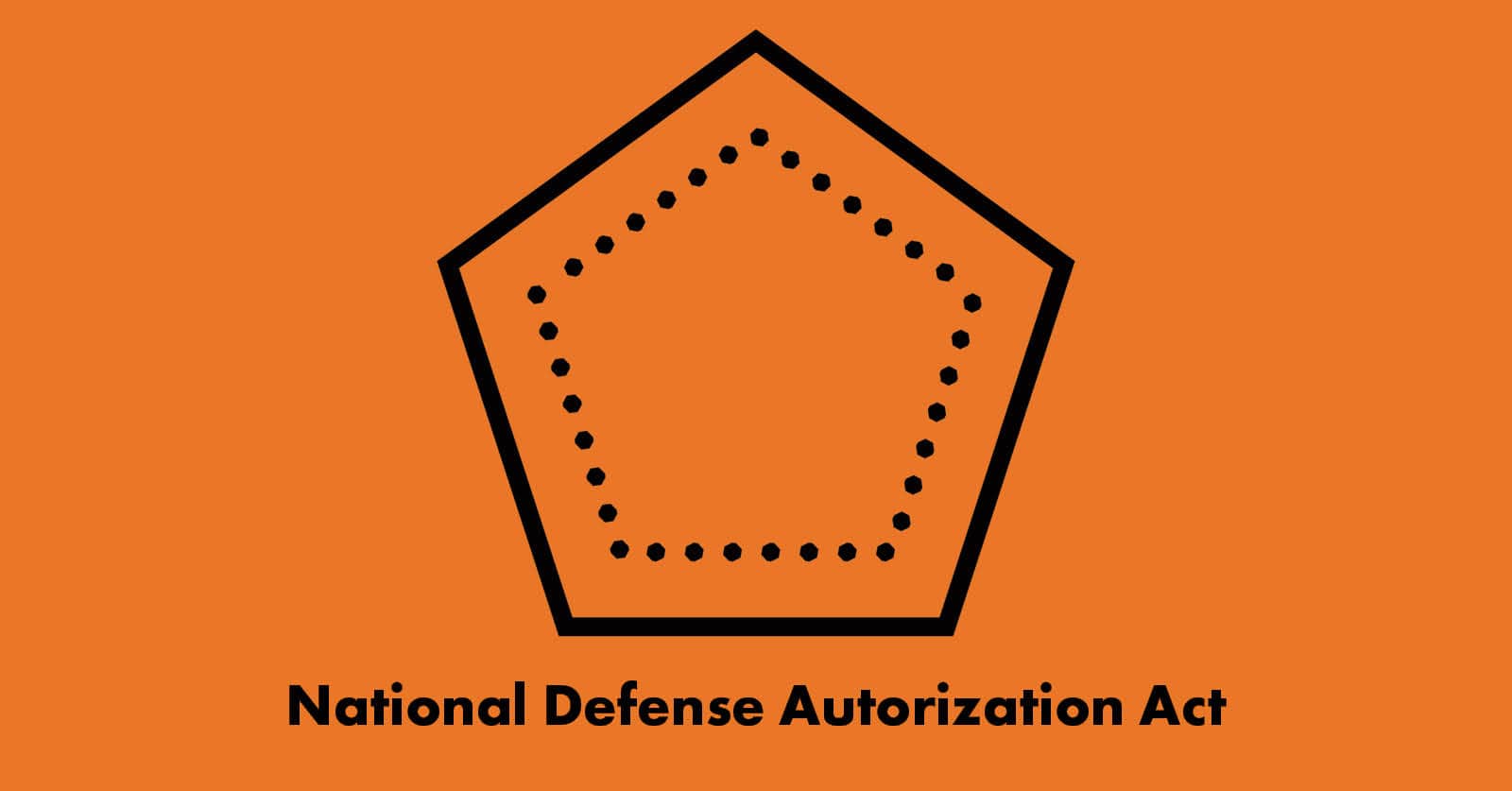Since the creation of the domestic market for corn ethanol after the energy crisis of the 1970s, the federal government has nurtured and maintained the ethanol industry with a steady stream of subsidies. Originally sold as a way to achieve energy independence and reduce greenhouse gas (GHG) emissions, ethanol has been a favorite of policymakers from the Corn Belt. Ethanol producers have received favorable treatment under the tax code, tariff protection from foreign competition, a government mandate for its use, infrastructure subsidies, and more. As a result, taxpayers have spent tens of billions of dollars over the last 40 years subsidizing the mature biofuel. Decades of subsidies have failed, however, to reduce climate risks and serve as a bridge to next-generation, non-food-based biofuels, while spurring several unintended consequences, wasting taxpayer dollars, and distorting markets.
The largest current subsidy for corn ethanol is the federal Renewable Fuel Standard (RFS) mandate, administered by the Environmental Protection Agency (EPA). The RFS requires a certain volume of biofuels to be blended with U.S. gasoline and diesel each year. Approximately fifteen billion gallons of ethanol are now blended with gasoline annually, roughly 10 percent of gasoline (E10). While corn ethanol comprises a large majority of biofuels production in the U.S., corn is used to produce other biofuels (such as corn butanol and biodiesel) as well.
In addition to a government mandate, subsidies for corn ethanol and other corn-based biofuels litter the tax code – including tax breaks for ethanol blender pumps and biodiesel derived from corn oil – in addition to Department of Energy (DOE) programs and U.S. Department of Agriculture (USDA) subsidies. While the Alternative Fuel Vehicle Refueling Property Credit, which provides a 30 percent tax break for gasoline stations or other facilities installing biodiesel or 85 percent ethanol (E85) blender pumps, expired at the end of 2020 in addition to the cellulosic biofuel production tax credit, the market-distorting $3 billion/year biodiesel tax credit is in place through 2022. Corn oil biodiesel qualifies for the latter credit.
Furthermore, the farm bill, a massive piece of legislation covering topics ranging from nutrition assistance to broadband internet, provides government subsidies for the now-mature ethanol industry, including corporate agribusiness giants such as Archer Daniels Midland. The majority of farm bill support for corn ethanol has come from energy title programs such as the Bioenergy Program for Advanced Biofuels (BPAB), trade programs such as the Market Access Program, and other commodity and crop insurance supports for corn and ethanol blender pumps (which dispense higher blends of corn ethanol, including E15, a mixture of 15 percent ethanol and 85 percent gasoline). While the Rural Energy for America Program (REAP) also subsidized ethanol blender pumps beginning in 2011, Congress prohibited such subsidies in the 2014 farm bill. In 2015, 2020, and again in April 2021, however, USDA unilaterally announced more blender pump subsidies through the Commodity Credit Corporation (CCC), a fund typically reserved for farm loans and other major farm subsidy programs.
The Dec. 2020 Consolidated Appropriations Act of 2021 was the latest legislative vehicle to include corn ethanol subsidies despite over 40 years of federal support. The door is now open to CCC subsidies for ethanol facilities due to COVID-19-related economic losses, with USDA announcing plans to subsidize biofuel industry losses in 2020. And various carve-outs for ethanol and other biofuels have been proposed in recent infrastructure, budget, climate, and tax proposals both from the Administration and Congress. Instead of continuing to support special interests and subsidize biofuels that are doing more harm than good for the climate, it is long past time policymakers ensured that the ethanol industry stood on its own two feet.
The report details the following corn-based biofuels subsidies in more depth: (1) RFS biofuels mandate, (2) farm bill energy title programs, specifically REAP and BPAB, and (3) federal tax breaks.
Download the full report here or scroll down to read below:














Get Social